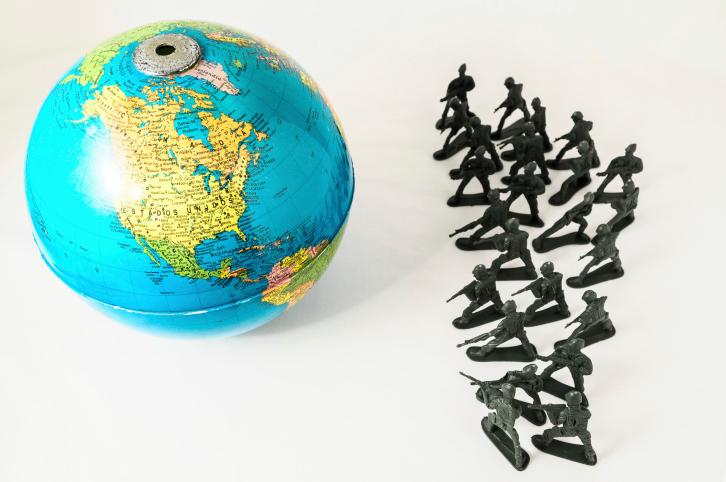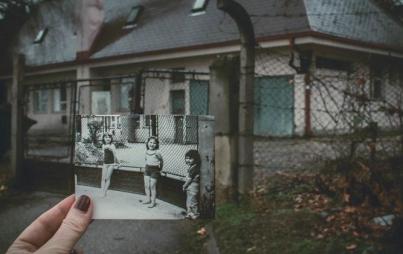
In the aftermath of the Santa Barbara massacre, the issue of gun control has re-entered the public debate—and what a debate it is.
As has occurred after every other gun-related rampage in recent years—from Newton to Aurora—gun control advocates have locked horns with gun-rights activists in family living rooms, on cable TV and—of course—on the Internet, where simmering opinions boil over into comment thread warfare.
When a video of Richard Martinez, the father of one those slain in Santa Barbara, appeared on YouTube, it became a particularly heated forum for this debate, and the video has since launched a quickly growing petition.
Yet each time a tragedy like this happens, the discussion ultimately fades away. Congress doesn't pass any new laws. And then, in another year or so, another catastrophe grips the nation all over again. How can we cut through the noise to create meaningful change?
One solution is to look toward our neighbors abroad—other first-world countries that have grappled with gun control legislation.
First, some facts: the U.S. gun-related murder rate is about 20 times higher than the average of 31 other comparable developed world nations. Yes, you read that right. Not coincidentally, the U.S. also has the highest gun ownership rate in the world.
Clearly, it's time for change. Luckily, case studies in Australia, Japan and Switzerland provide lessons for a way forward.
Australia
In 1996, an Aussie man used semiautomatic weapons to gun down 35 people. Rather than grinding its wheels, the Australian government swiftly went to work, enacting tough new gun laws, including tighter licensing requirements and a ban on assault weapons and shotguns.
The result? Firearm homicides in the country dropped 59 percent between 1995 and 2006. In the 18 years before the 1996 laws, there were 13 gun massacres resulting in 102 deaths. Since then? None.
And now we leave you with the chilling words of the Australian prime minister, who said at the time of the '95 shooting:
We do not want the American disease imported into Australia.
Japan
Japan is often held up as an exemplar for what happens when strong gun control is in place, because it is particularly strict about owning firearms and has a remarkably low gun homicide rate. How low? In the last few years, the number has hovered between two and (a "bad year" for the country) 11. A point of comparison? The U.S. has about 12,000 gun-related deaths annually.
It's not impossible to buy a gun in Japan, but it does take work, including passing a class and written test; passing a shooting range session; and getting mental health and drug tested. The result? Only sane, knowledgeable people own guns. And almost no one dies as a result of guns.
Switzerland
While gun control advocates like to trot out Japan as an example, gun-rights activists often point to Switzerland—a country where there are about 2.3 million firearms for 8 million people, and gun homicides are low. In 2009, for example, firearms were used in only 24 Swiss homicides.
But here's the sticking point: most of the guns in Switzerland go to the military, since rifles are assigned to all men who join the country's conscript army. This fact illustrates a central theme in the gun control debate: it's not about there being guns, but about who gets them. Gun control is about regulating where guns end up, not about taking them away entirely. Sadly, this key distinction is often lost on Second Amendment advocates who see only two possibilities: guns for everyone, or guns for no one.
There's no way around it: the damning stats and tragic anecdotes tell us something, anything, needs to change. As it turns out, our global community is a good place to start when looking for answers.
Image: ThinkStock






